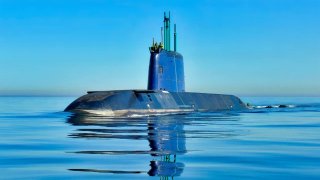The Best 5 'Attack' Submarines 'Under the Water' in 2024
Attack submarines equipped with cruise missiles enhance the ability to strike land targets, making multi-purpose submarines vital in modern navies.
What You Need to Know: Attack submarines equipped with cruise missiles enhance the ability to strike land targets, making multi-purpose submarines vital in modern navies.
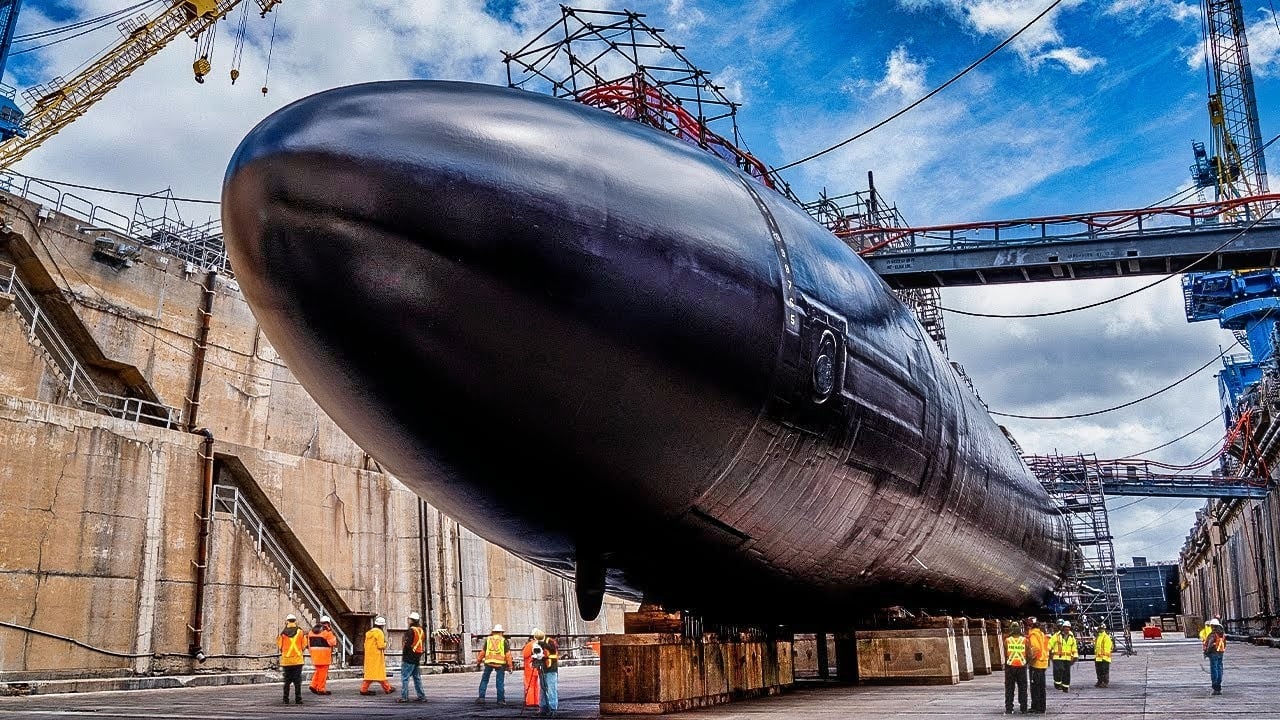
Top 5 Attack Submarines Dominating Modern Navies
Where the confusion lies is that some attack submarines can be armed with cruise missiles, which increase the scope of their potential to strike land targets. Moreover, the Soviet and Russian navies employed the term "multi-purpose submarines."
Today, more than two dozen nations operate attack submarines, but these five classes stand out as the absolute best of the best.
Project 945A Kondor Class – Sierra II
The Sierra II Class, also known as Project 945A Kondor Class, remains among the Russian Navy's most expensive and deep-diving submarines. The boats were specifically developed for search and destroy missions against U.S. nuclear-powered ballistic missile submarines.
A follow-up to the Sierra I, the class was unique due to its light and strong titanium twin-pressure hulls, which featured space in between. That enabled the boats to dive to greater depths, while it reduced the level of radiated noise and increased resistance to torpedo attacks. The boats were also powered by a single OK-650 pressurized water reactor, rated at 190 MW.
It had greater speed and diving depth than its American counterparts at the time it was designed and would have been a serious threat if the Cold War turned hot. Two of the submarines were completed – the Pskov (ex-Zubatka) and Nizhny Novgorod (ex-Okun) – and both remain operational with the Russian Navy's Northern Fleet. A third of the class, Mars, was laid down in 1990. That boat was built to an improved Project 945B (NATO designation Sierra III class), but it was scrapped before completion in 1992.
Project 885 Yasen – Severodvinsk
Even as many of Russia's military platforms have appeared to be overly hyped – and its surface navy is in a truly sorry state, its Yasen-class submarines (NATO reporting name "Severodvinsk") are still considered to be among the best in the world.
Along with the Russian Navy's Borei-class ballistic missile submarines, the Yasen-class boats are reported to play a central role in Russia's defense and deterrence. The cruise missile subs were developed in the late 1980s by the St. Petersburg-based Malakhit Design Bureau of Machine-Building. It was initially intended to replace the aging Akula-class nuclear-powered attack submarines. However, the program progressed slowly following the dissolution of the Soviet Union. While the lead vessel, Severodvinsk, was laid down in 1993, due to funding issues as a result of Russia’s financial crisis, the project sputtered in the following decade.
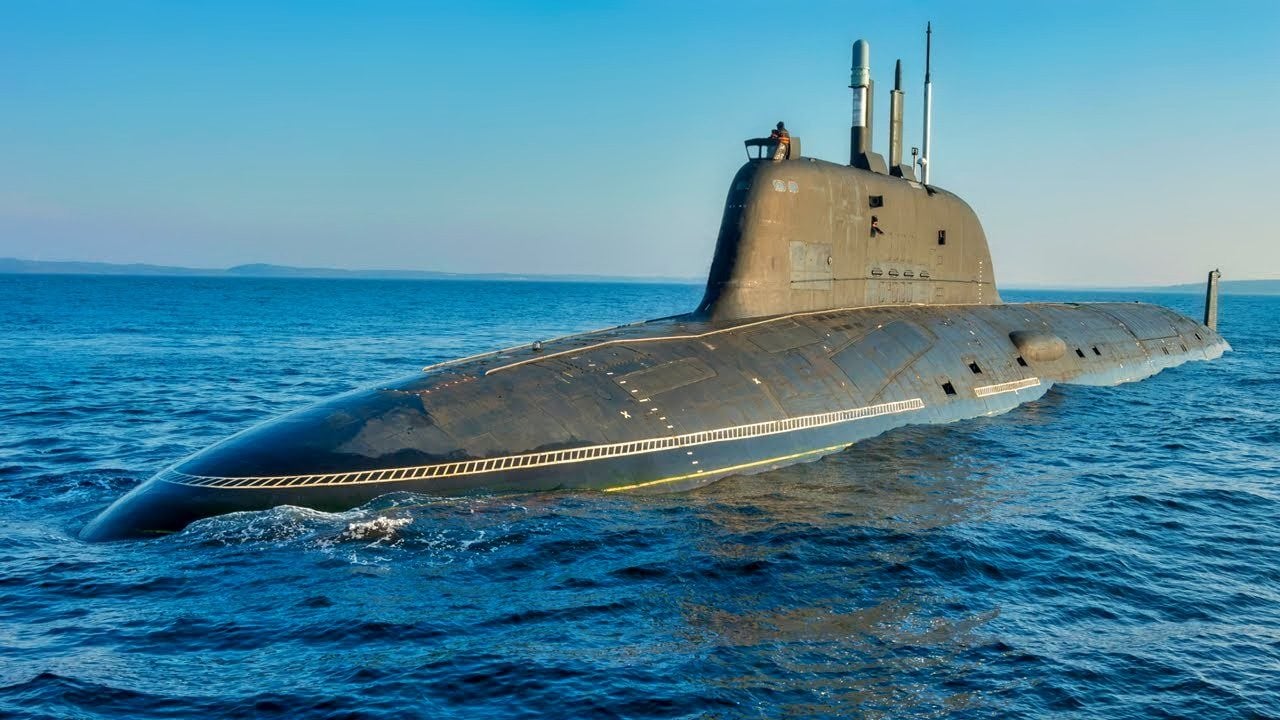
Only in the late 2000s, did Moscow return to the project, but by that point, it was seen as being on the verge of obsolescence. Instead of starting from scratch, however, the Kremlin opted to relaunch the Yasen-class under the Yasen-M designation, which saw a slew of design tweaks and performance upgrades to address the roughly to-decade gap between Severodvinsk and the next Yasen-class submarine, Kazan.
Unlike older attack submarines built in the late Soviet period, the Yasen-M class boats were developed as multi-purpose vessels that could carry different weapons, including the most advanced new long-range Tsirkon hypersonic cruise missiles. There are ten silos for vertically launched cruise missiles, and according to reports, the submarines can also be equipped with Kalibr-PL and Oniks cruise missiles as their basic strike weapons. The Kazan is also equipped with the UKSK (3P-14B) vertical launch system comprised of 8SM-346 modules.
Astute-class
The Royal Navy's Astute-class were the first nuclear submarines in the world to be designed in a 3D computer-aided environment. While not as well known as their American or Russian counterparts, they are considered among some of the best on Earth.
The boats have been outfitted with many technological firsts, including not having an optical periscope. Instead, high-specification video technology has been employed, which enables the crew to scan the horizon and get a 360-degree view to address any potential threat.
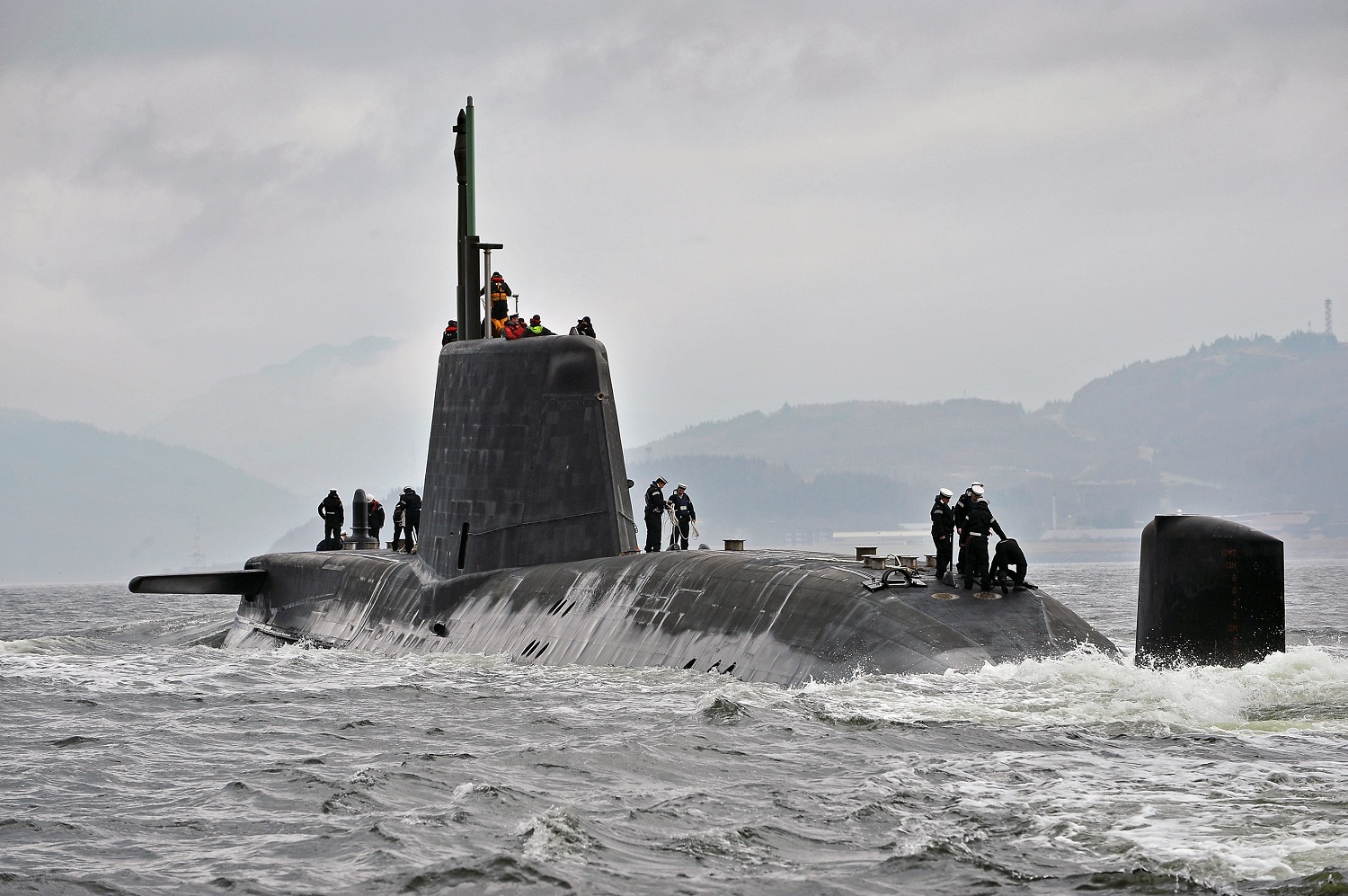
In addition, unlike other nuclear-powered submarines, the Astute-class was developed to utilize state-of-the-art anti-acoustic tiles. Each hull is fitted with more than 39,000 acoustic tiles that mask the vessel’s sonar signature and allow the submarines to glide through the water almost silently.
The Astute-class submarines have stowage for 38 weapons and typically carry a mix of Spearfish heavy torpedoes and Tomahawk Block IV cruise missiles, which are capable of hitting a target within a few meters, to a range of 1,000 miles (1,600 km). The submarines' countermeasures suite includes decoys and electronic support measures (ESM).
Virginia-class
At the end of the Cold War, the U.S. Navy shifted its focus from preparing for open-ocean conflict to dominating littoral areas. As a result, it developed its Virginia class to operate in the world's coastal and deep waters alike.
This has resulted in a flexible, multi-mission platform that can carry out anti-submarine, anti-surface, strike and irregular warfare, as well as operate in intelligence, surveillance and reconnaissance missions. The Virginia-class submarine can be used to deliver special operations forces support and also participate in mine warfare roles.
The Virginia class also offered several other innovations that have significantly enhanced its warfighting capabilities including an emphasis on its ability to conduct littoral operations. The subs feature a fly-by-wire ship control system, which improved the shallow-water ship handling, while the boats also have been outfitted to support forces operations. The submarines' torpedo rooms can also be reconfigured to house a small unit of special operations forces such as Navy SEALs and their equipment. The class also features a large lock-in-lock chamber for divers.
Eight of the Block V boats that are now being built will be equipped with the Virginia Payload Module (VPM) – a mid-body section that will increase the overall length of the boats. This will add four additional Virginia Payload Tubes, which have been replacing the submarines' single-purpose cruise missile launch tubes. This will increase the number of Tomahawk missiles that the vessels carry – and thus replace some of the Navy's missile strike capabilities that would be been lost when the Ohio-class submarines are retired from the fleet.
Seawolf-class
Designed to address the threat of Soviet ballistic missile submarines, and to replace the aging Los Angeles class of submarines, the Seawolf-class of nuclear-powered fast attack submarines (SSN) has been described as the best of the best.
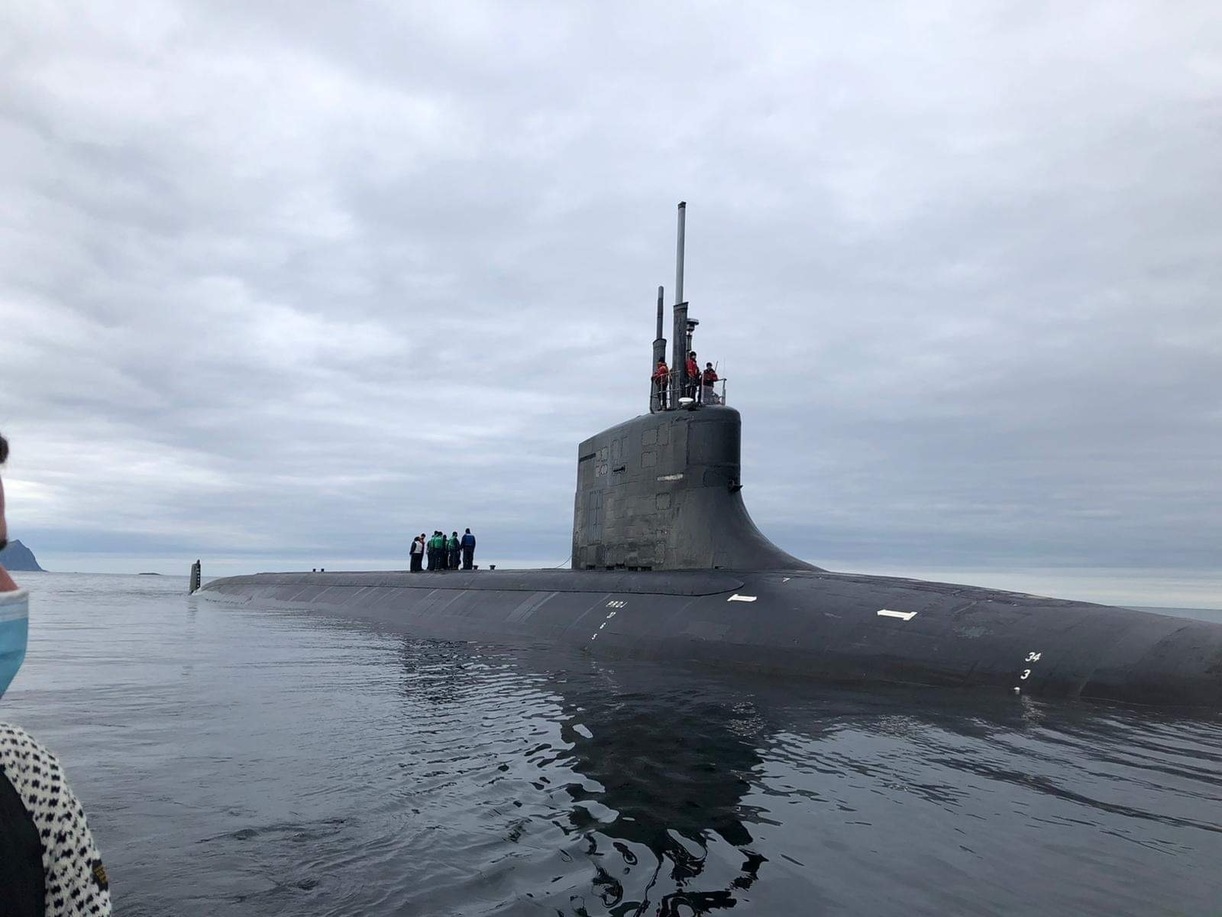
It featured a modular design that allowed for later upgrades including weapons development and better sonar systems, and was thus very much "future-proof." It had a maximum speed of 35k dived and a 'silent' speed of 20k.
While the Seawolf-class does not have any external weapons, it was designed with eight torpedo tubes twice as many as the Los Angeles class, along with a double-deck torpedo room to allow for simultaneous engagement of multiple threats.
A total of 29 boats were to be constructed over a 10-year period – a number that was then reduced to 12 – but only three were launched. But then the Cold War ended, and the Seawolf-class may have been the best of the best.
Still, at approximately $3 to $3.5 billion per vessel, the program was simply too expensive, especially in the wake of changing global geopolitics.
Author Experience and Expertise
Peter Suciu is a Michigan-based writer. He has contributed to more than four dozen magazines, newspapers, and websites with over 3,200 published pieces over a twenty-year career in journalism. He regularly writes about military hardware, firearms history, cybersecurity, politics, and international affairs. Peter is also a Contributing Writer for Forbes and Clearance Jobs. You can follow him on Twitter: @PeterSuciu.
All images are Creative Commons and/or Shutterstock.


